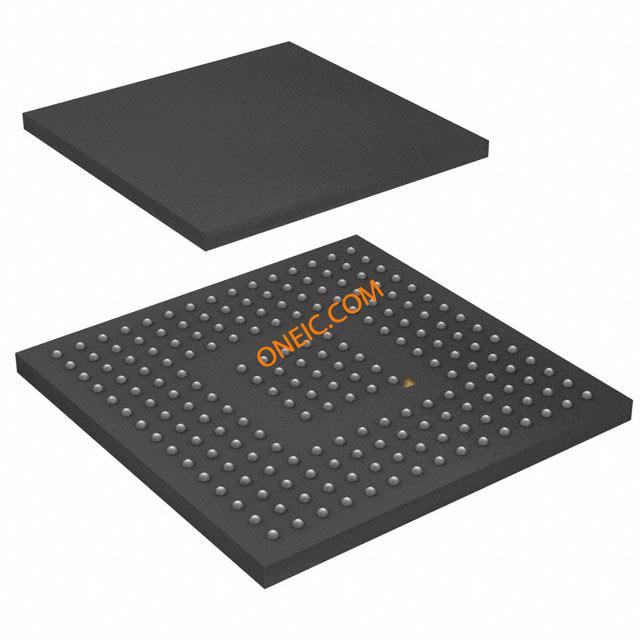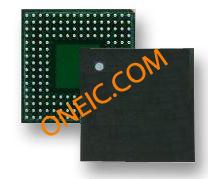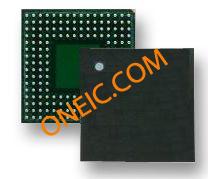STM32F407IEH6
32-bit ARM Cortex M4 microcontrollers with 512KB flash memory
Manufacturer: stm
series introduction
# Introduction to the STM32F407IEH6 Product Series
## 1. Overview
The STM32F407IEH6 belongs to the STM32F4 series of microcontrollers developed by STMicroelectronics. This series is renowned for its high - performance, rich peripheral set, and excellent power efficiency, making it a popular choice in a wide range of applications from industrial control to consumer electronics.
## 2. Core and Performance
### 2.1 ARM Cortex - M4 Core
- The STM32F407IEH6 is powered by an ARM Cortex - M4 32 - bit RISC core with a floating - point unit (FPU). The Cortex - M4 core offers a high level of computational performance, with a maximum operating frequency of up to 168 MHz. This allows for fast execution of complex algorithms, making it suitable for applications such as motor control, audio processing, and real - time data analysis.
- The FPU enables efficient handling of floating - point arithmetic operations, which are crucial in many scientific and engineering applications. It significantly reduces the processing time for tasks like signal filtering, sensor data processing, and control algorithms that involve floating - point calculations.
### 2.2 Memory and Bus Architecture
- **Flash Memory**: It is equipped with 1 MB of on - chip flash memory. This large - capacity flash memory can store the application code, allowing for the implementation of complex software systems. The flash memory has a high - speed access time, which ensures fast code execution and reduces the overall system latency.
- **SRAM**: The microcontroller features 192 KB of static random - access memory (SRAM). SRAM provides fast and temporary storage for data during program execution. It is used to store variables, buffers, and intermediate results, enabling efficient data processing and manipulation.
- **Bus Architecture**: The STM32F407IEH6 uses a high - performance AHB (Advanced High - performance Bus) and APB (Advanced Peripheral Bus) architecture. This architecture allows for efficient communication between the core, memory, and various peripherals, ensuring high - speed data transfer and low - latency operation.
## 3. Peripherals
### 3.1 Communication Interfaces
- **USB**: It supports USB 2.0 Full - Speed (12 Mbps) interface, which can be used for various applications such as human - machine interface (HMI), data transfer, and device charging. The USB interface can be configured as a device, host, or OTG (On - The - Go) mode, providing flexibility in different system designs.
- **Ethernet**: The microcontroller includes an Ethernet MAC (Media Access Controller) with support for 10/100 Mbps communication. This makes it suitable for network - connected applications such as industrial automation, smart home systems, and Internet of Things (IoT) devices. The Ethernet interface can be used for data transmission, remote monitoring, and control over a local area network (LAN).
- **CAN**: A Controller Area Network (CAN) interface is available, which is widely used in automotive and industrial applications for reliable communication between different nodes in a network. The CAN interface supports both standard and extended frame formats, allowing for efficient data exchange in a multi - node environment.
- **UART, SPI, and I2C**: Multiple Universal Asynchronous Receiver - Transmitter (UART), Serial Peripheral Interface (SPI), and Inter - Integrated Circuit (I2C) interfaces are provided. These interfaces are commonly used for communication with external devices such as sensors, displays, and other microcontrollers.
### 3.2 Timers and PWM
- **Timers**: The STM32F407IEH6 has
Images for reference

176-LFBGA

Image Preview

Image Preview